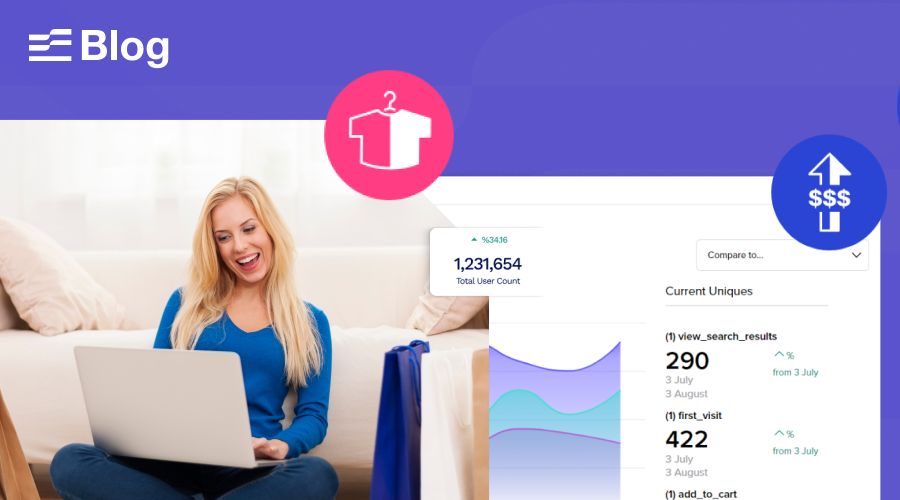B2Metric Blog
Categories
All Content
Machine Learning & AI
Customer Analytics
Product & Use Cases
Recent blog posts

Can Dinlenç
•
Jun 23, 2025
What Makes an AI-Native CDP Different, and Why It Matters
What Makes an AI-Native CDP Different, and Why It Matters
Marketing and Analytics

Can Dinlenç
•
Jun 19, 2025
Trusted to Perform: The Hidden Engine Behind Secure, Compliant Growth
Trusted to Perform: The Hidden Engine Behind Secure, Compliant Growth
Marketing and Analytics
Load More
B2Metric Blog
Categories
All Content
Machine Learning & AI
Customer Analytics
Product & Use Cases
Recent blog posts
Load More
B2Metric Blog
All Content
Machine Learning & AI
Customer Analytics
Product & Use Cases
Recent blog posts
Load More
B2Metric Blog
Categories
All Content
Machine Learning & AI
Customer Analytics
Product & Use Cases
Recent blog posts

Can Dinlenç
•
Jun 23, 2025
What Makes an AI-Native CDP Different, and Why It Matters
What Makes an AI-Native CDP Different, and Why It Matters
Marketing and Analytics

Can Dinlenç
•
Jun 19, 2025
Trusted to Perform: The Hidden Engine Behind Secure, Compliant Growth
Trusted to Perform: The Hidden Engine Behind Secure, Compliant Growth
Marketing and Analytics
Load More

Product
Resources
Top Blogs
Copyright © 2025 B2Metric | All Rights Reserved

Product
Resources
Copyright © 2025 B2Metric | All Rights Reserved
Product
Subscribe to our newsletter!
Copyright © 2025 B2Metric | All Rights Reserved


Product
Resources
Top Blogs
Copyright © 2025 B2Metric | All Rights Reserved













